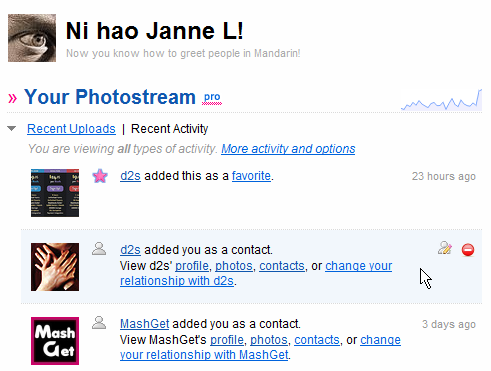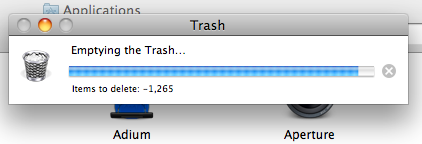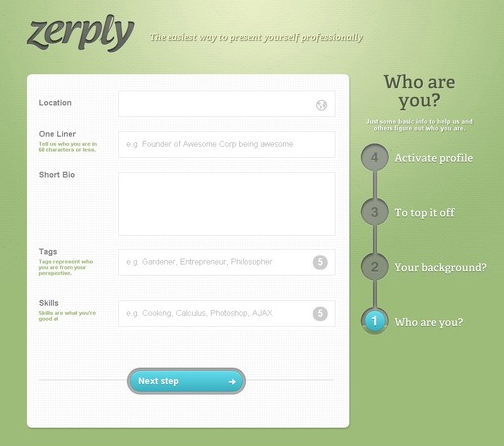Welcome back to The Psychology of UX series! We are now in part 7 which is all about information and our undeniable addiction to it.

You can’t deny we live in an age where the average person obsessively checks their email and Facebook all day long. Endless Google queries. Troweling through the surplus of tweets on Twitter. Random Wikipedia search sessions. Be it in front of their desktop, or staring intently into their mobile if they are on the go, we all exhibit these behaviours. We’ve come to think of it as normal. And in a sense… it is. The web taps into this natural inclination of ours: the desire to constantly seek out new information.

But what is the reason for this? Why are we so driven to learn new things?
It’s simple, kids. It’s called dopamine. Dopamine is a chemical released in the brain that makes us seek out things, such as love, food, sex, or even information. The simple act of aspiring to do something and the anticipation of doing it unleashes dopamine in our minds and creates a pleasurable mental state.
From an evolutionary perspective, we can see that the more you are actively seeking out these things, the more likely you are to survive. Without an appetite for food, you won’t eat. Without a desire for the other sex, you won’t procreate. Without a fervor for new information, you won’t learn things (things that could potentially better or save your life). That’s why learning is dopaminergic (meaning it causes dopamine to be made). Seeking out new information helps us survive.

Interestingly, people will often crave more information than they could realistically process at any given time because it makes them feel they have more options and thus more control over their lives, which all goes back to survival. Ever searched for an answer on Google, found it, but you continue to look for more answers to validate your question? This is another reason that most people are in some sense addicted to the web; it offers absolutely endless information on any subject you can imagine, if you know where to find it. Some of the most popular websites on the internet are ones extremely rich in content: namely Facebook, Google and Twitter.
So what does this mean in regards to web design?
Because dopamine is released during the stages of SEARCHING for information, NOT during receiving information, it isn’t quite so simple as to say that if you give your user all the information they could possibly want and more, they’ll be pleased. It’s the activity of allowing the user to find information, revealing that information or surprising them with information that gives them enjoyment. In fact too much information on a screen can distract from other key information, thus frustrating the user. For this reason we need to make the information clear, clean and easy to navigate.

Regardless…
Choice = Power
The user will still want to feel that they have many choices or access to information. For this reason, the essential information needed to help them complete their task should be at their fingertips, as well as the ability to seek out more, with more details views, click-throughs, or tooltips with extra information.

“Ask and ye shall receive.”
How can we give our users satisfaction in the journey of seeking out new information without making it unobvious or tedious? One way we can do this is by providing information to the user when the user asks for it. This also gives them a sense of control, which will heighten their experience. This could be in the form of expandable items, rollovers, contextual hovers, or click-throughs.

Feedback
Because humans like to be aware and knowledgeable, it is equally important to keep them informed of what is going on. Give them feedback as to what is happening behind the scenes. And importantly to do so in a human language. The computer doesn’t need to inform the user that it is requesting file 1458xj via the server. The computer needs to tell the user that their file will be there and when. Progress bars, status updates, live help are just a few ways to do this.
That’s all for now. I hope you enjoyed this post and you learned something! Join me next time when we see how unconscious mental processing affects humans.




